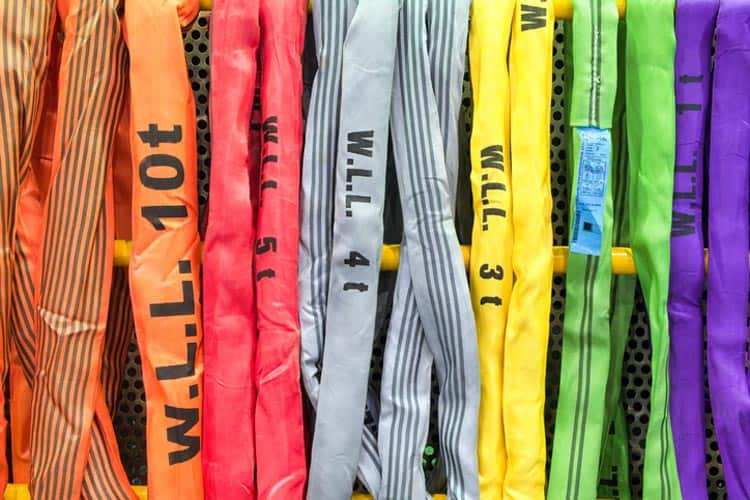First things first, let’s talk about some of the dangers that come with working with lifting equipment. One of the biggest dangers is that of equipment failure. If a piece of lifting equipment fails while it’s in use, it can lead to serious injury or even death. That’s why it’s important to make sure that all equipment is properly maintained and inspected before each use.
Another danger that comes with working with lifting equipment is the risk of falling objects. When lifting heavy objects, there’s always the possibility that something could fall and injure someone below. That’s why it’s important to always secure the load and use proper lifting techniques to prevent accidents.
So, how can we stay safe when working with lifting equipment? The first step is to make sure that everyone involved in the process is properly trained. This includes not only the people operating the equipment, but also those who are responsible for securing the load and anyone else who will be in the area during the lifting process.
In addition to proper training, it’s also important to use the right equipment for the job. Make sure that all lifting equipment is rated for the weight of the load and that it’s in good working condition. If you’re unsure about whether a particular piece of equipment is appropriate for the job, it’s better to err on the side of caution and use something else.
Another important safety tip is to always use proper lifting techniques. This includes using your legs instead of your back when lifting heavy objects and making sure that you have a firm grip on the load before lifting. It’s also important to avoid twisting your body while lifting and to never lift objects that are too heavy for you to handle.
Finally, it’s crucial to always be aware of your surroundings when working with lifting equipment. Make sure that the area around the lifting equipment is clear of obstacles and that there’s enough room for the load to be lifted without hitting anything. It’s also important to make sure that no one is standing underneath the load while it’s being lifted.
In conclusion, working with lifting equipment can be dangerous if the proper safety precautions aren’t taken. However, by following the tips outlined above, we can all do our part to ensure that we’re working safely and preventing accidents. Remember, safety should always be our top priority when working with lifting equipment. Stay safe out there, everyone!
Cheers,

![]()






